Jesper Krijgsman
Year of birth: 1992.
Where do you live: Amsterdam.
Your education: Mostly self-taught.
Describe your art in three words: Alive, (highly) detailed, and Supernatural.
Your discipline: Digital photography and image editing.
Website | Instagram
How did your background in graphic design influence your transition to visual storytelling and nature-focused art?
My journey in graphic design was crucial to my evolution as an artist. Working with image editing software and developing layouts taught me discipline and detail, but my creative spirit always craved something more immersive. In the structured design world, I was often asked to simplify or strip away complexity, and that nudged me toward personal projects where I could fully explore intricate scenes and ideas. Gradually, I found that creating supernatural landscapes—these dreamlike, detail-rich compositions of flora and fauna—was the freedom I’d been seeking. In my art, I get to blur the boundaries between design and storytelling, building paradisiacal landscapes that invite the viewer into an emotional experience beyond the visual.
What initially sparked your fascination with nature and its mystical qualities?
Nature has always drawn me in with its quiet yet powerful beauty. I see nature as a world of intelligence and purpose—each plant, and each animal seems to tell a story of survival, resilience, and cohabitation. The diversity and ingenuity of life forms fill me with wonder, almost as if nature holds its kind of emotional intelligence. When I began capturing this feeling through photography and editing, it became clear that my art was more than representation; it was an exploration of these qualities, amplifying the mystique and deep emotional resonance I see in nature. Every landscape I create is an invitation for viewers to connect with this unseen wisdom and mystery.
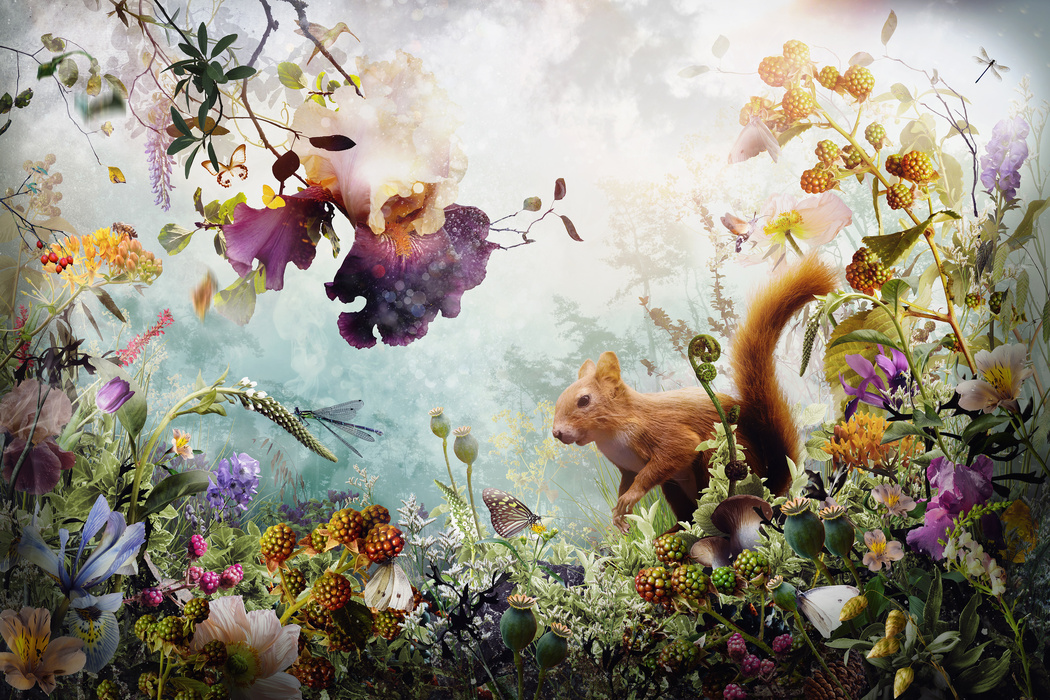 Jesper Krijgsman | Serenity
Jesper Krijgsman | Serenity
How do you select the subjects or landscapes for your work? Do you feel a specific connection to certain types of flora or fauna?
Choosing my subjects is often intuitive, guided by a deep curiosity. I spend countless hours in nature, moving through forests, mountains, or fields, drawn to shapes and colors that spark my imagination. Flowers captivate me, not only for their vibrancy but also for their resilience—they bloom, adapt, and flourish through the seasons, mirroring nature’s persistence. Birds, too, with their movement and vibrancy, feel symbolic to me of freedom and connection. Each plant or animal that I photograph has an aura, almost a character of its own, and I’m passionate about amplifying that essence in my work. I feel that collectively, these elements can evoke certain emotions or even tell stories.
Your art often emphasizes the emotional resonance of natural landscapes. Can you share a specific moment when nature deeply moved or inspired you?
I like to go on hikes and explore new regions. This helps me to sometimes let go of the troubles life presents. An experience that profoundly impacted me was during an afternoon hike in a remote Swiss forest. The atmosphere was so still, with beams of sunlight weaving through dense trees and casting a surreal glow. I had much on my mind beforehand but going through nature, an omnipresent force that is all around us and has for billions of years before, my troubles didn’t seem all that large in the scope of things. I didn’t feel so alone as well, as I was surrounded by life that was alive, breathing, and watching. That sense of connection, of being part of something ancient and wise, was overpowering. It’s moments like these that I try to distill into my art, crafting scenes that evoke the same emotional pull and allow others to feel nature’s quiet, awe-inspiring presence.
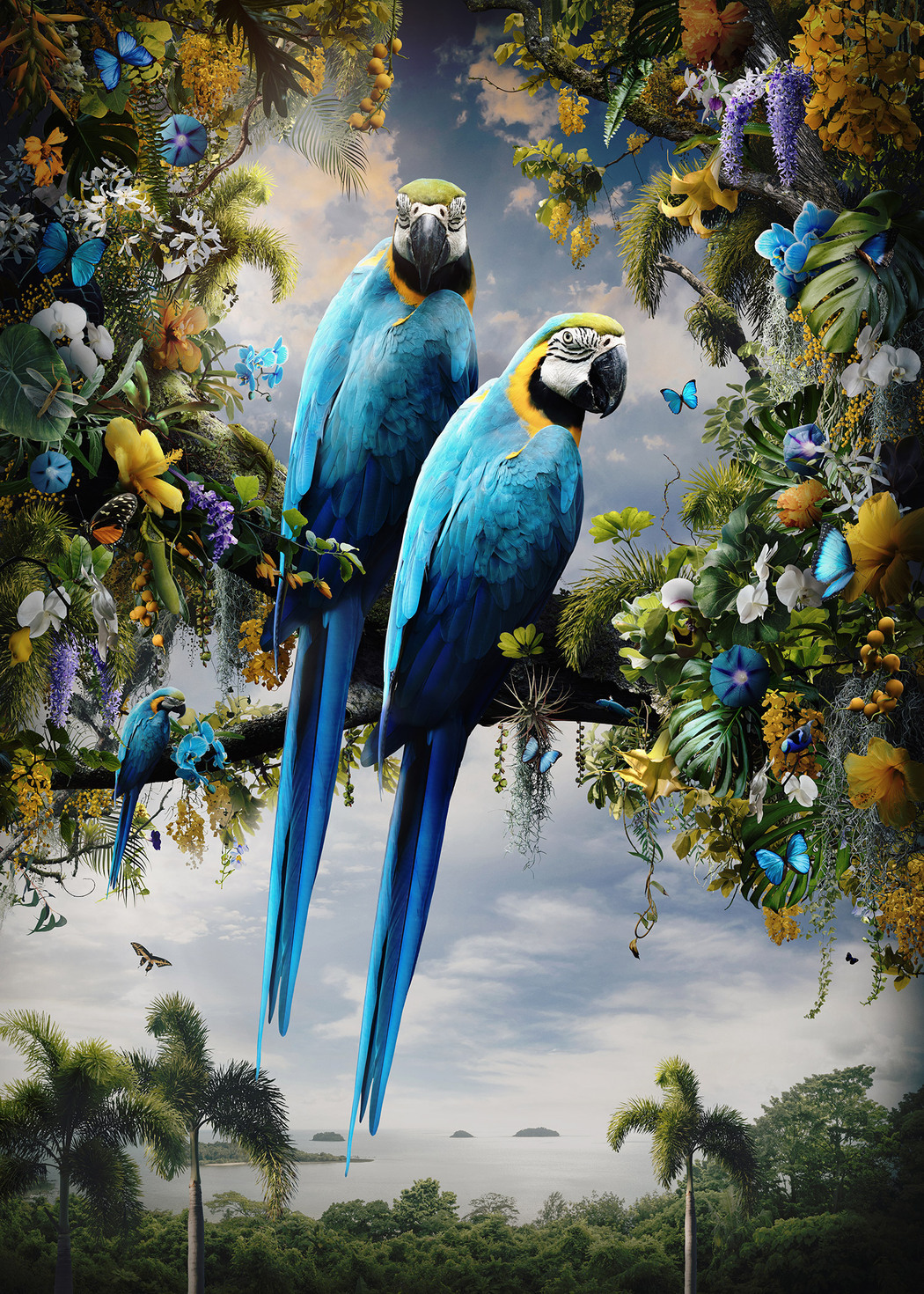 Jesper Krijgsman | In Paradisum II
Jesper Krijgsman | In Paradisum II
How do you approach the process of photographing and editing your scenes? Do you have a specific workflow or routine?
My creative process starts with hours of photographing individual plants and animals, capturing their unique details. I work hands-on, drawn to the textures, colors, and intricate structures of each subject. This meticulous, almost meditative process gives me a connection to the elements I use. I then bring them into my digital workspace, where I layer and arrange these elements to create supernatural landscapes. My approach is intuitive—each composition feels like it has a life of its own, evolving as I work, almost as if it’s “growing” on the canvas. This allows each piece to unfold organically, with the same unpredictable beauty I see in nature itself.
Can you explain what you mean by nature embodying ’emotional intelligence’? How do you try to convey this concept in your work?
Nature’s ‘emotional intelligence’ speaks to me in the way life adapts, grows, and coexists. Every living thing in nature has found its place, thrives in harmony, and communicates through its existence. This depth of connection and empathy, rooted in survival and coexistence, is something I try to portray in my work. By emphasizing details that often go unnoticed—the unique texture of a petal or the fragile veins of a leaf—I hope to capture the intricate beauty and resilience in nature. My work invites viewers to pause and connect, recognizing an intelligence and emotional resonance that feels both familiar and awe-inspiring
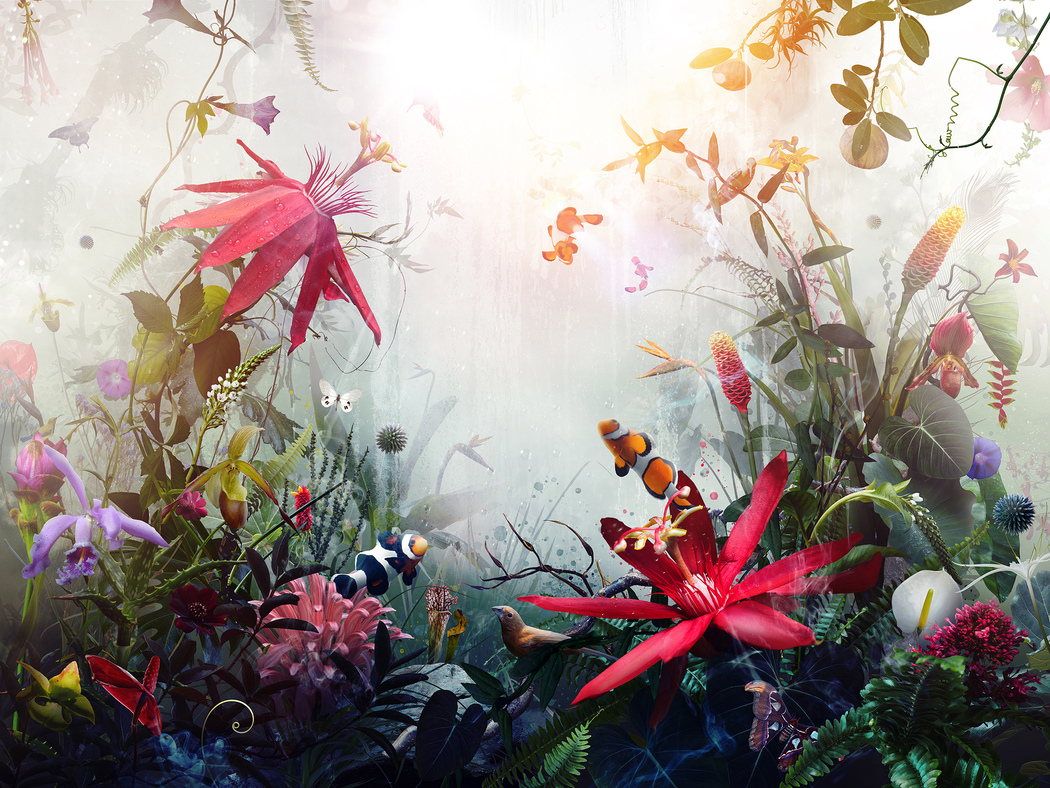 Jesper Krijgsman | Anemonia
Jesper Krijgsman | Anemonia
How does living in different places, such as Amsterdam and Switzerland, shape your artistic vision?
Amsterdam and Switzerland each hold a distinct place in my journey as an artist. Amsterdam, with its energy and rich artistic heritage, is always pushing me creatively and giving me a sense of belonging within the art world. Switzerland, on the other hand, gave me the solitude and vast, awe-inspiring landscapes that shaped my connection to nature. I lived there for over a decade, and its mountains, forests, and quiet spaces left an imprint on me that’s deeply personal. The contrasts between these places—urban vibrancy and natural tranquility—are reflected in my work, where I seek to harmonize intricate detail with a sense of vastness and calmness.
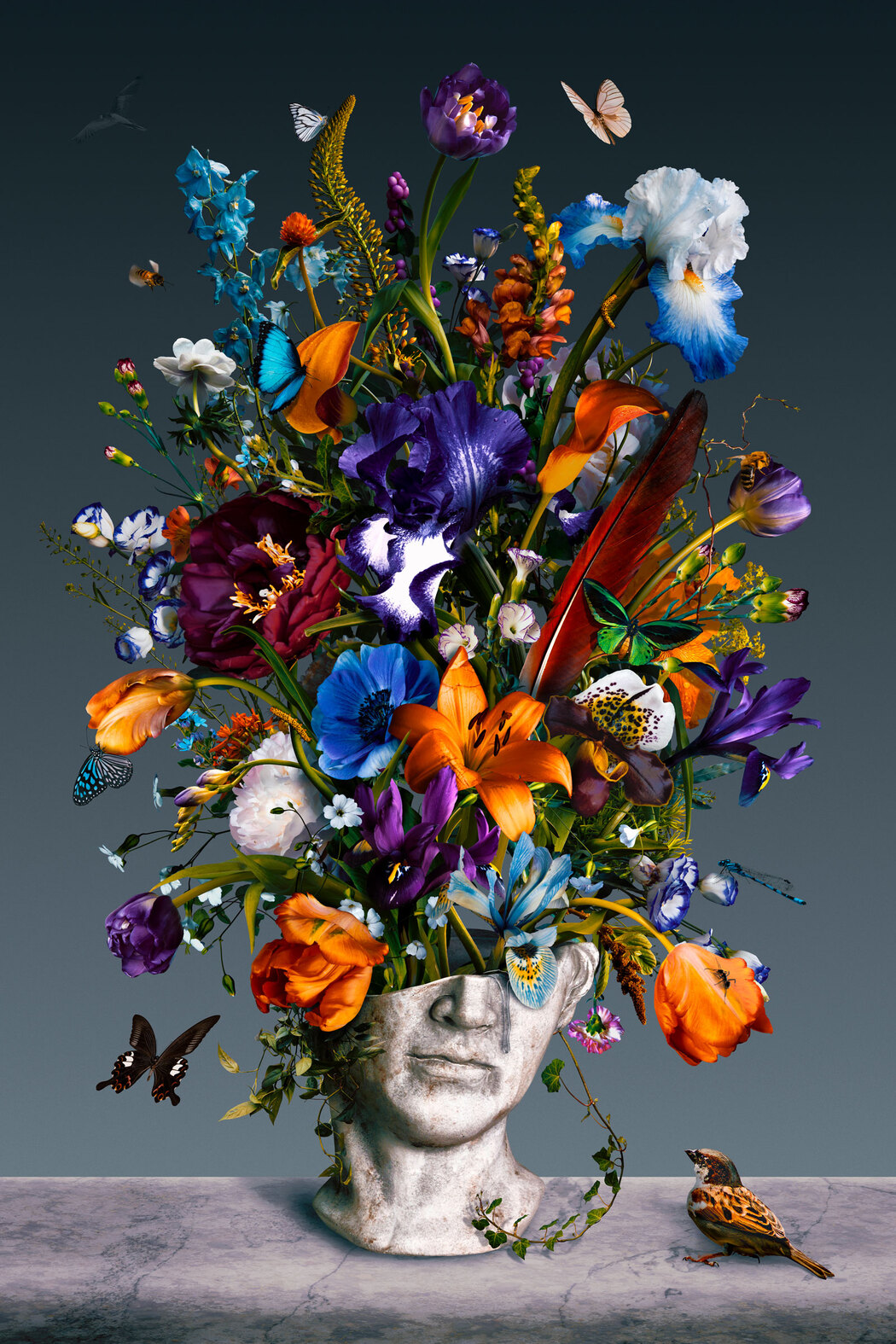 Jesper Krijgsman | Aeterna V
Jesper Krijgsman | Aeterna V

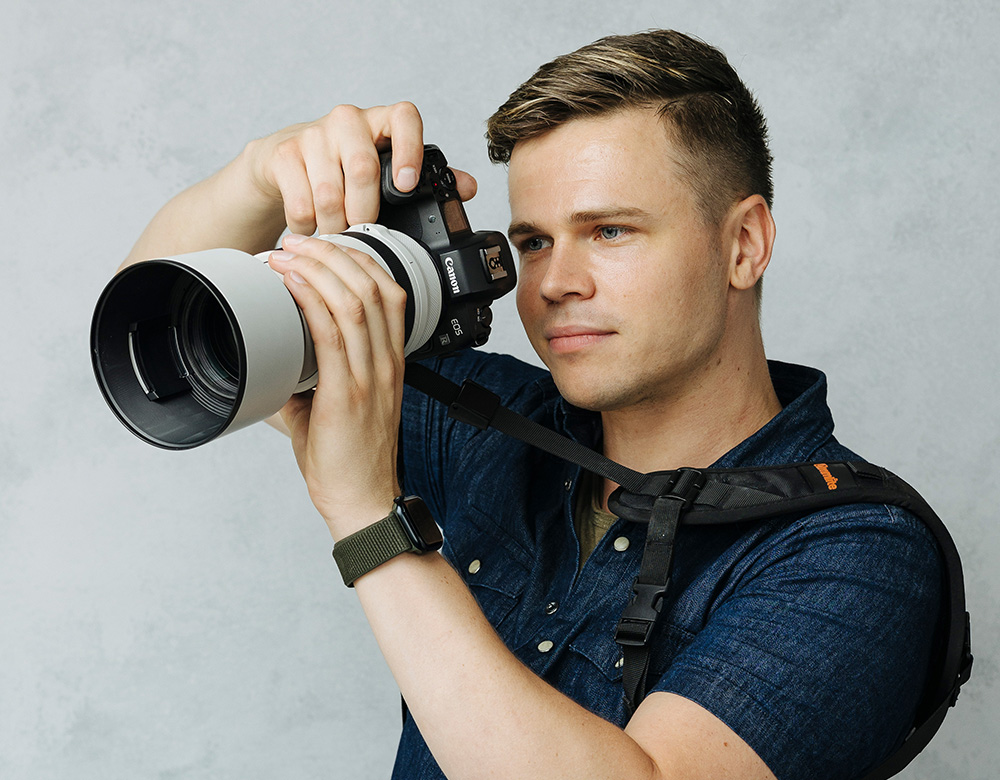
Leave a Reply